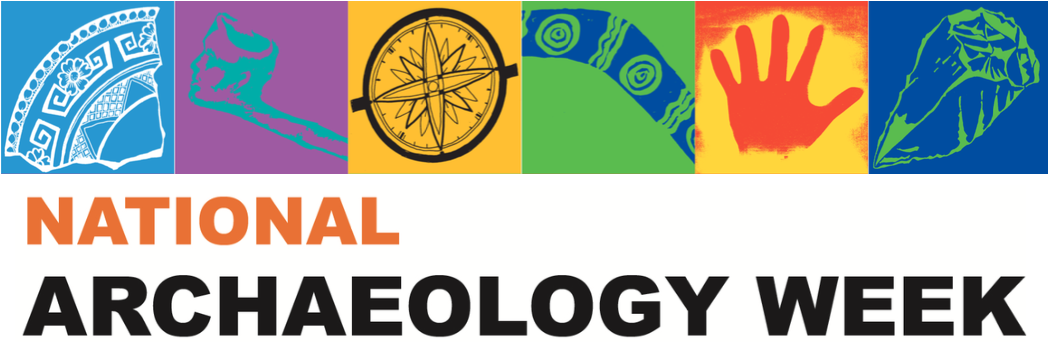Steve Brown
Current position
Sole trader - self employed. I undertake consultancies (mostly with GML-Context), mostly focusing on social and community value of heritage places, including archaeological ‘landscapes’. I also teach at the Universities of Canberra and Sydney.
Where did you study?
I did my BA Honours at the University of Western Australia (majoring in Anthropology-Archaeology) and my PhD in Heritage Studies at the University of Sydney.
How did you become interested in archaeology?
At an early age, I had a collection of Time-Life illustrated books describing iconic archaeological sites, but never really thought archaeology was a realistic career option ... until I completed my university degree.
What archaeological projects are you working on at the moment?
I have been working on a consultancy project with Tracy Ireland, University of Canberra, to revise the Conservation Management Plan for a 43km section of the Old Great North Road, a part of which is inscribed on the UNESCO World Heritage List. It is an evocative cultural route because of its construction by convict labourers (1826-1835) and because of its spectacular bush setting within Dharug National Park, north of Sydney. It is an amazing place to work. The abandoned road invades a deep time Aboriginal cultural landscape and is a constant reminder of Australia's violent colonial past and continuing failure to recognise Aboriginal sovereignty.
Tell us about one of your most interesting archaeological discoveries.
Working in southwestern Tasmania in the 1980s provided me with one of those 'Indiana Jones' moments. We were undertaking field surveys in remote areas to locate and record rock shelters that had been used by Aboriginal peoples in the 'Ice-Age'. This involved being dropped in by helicopter, traveling down rivers in rubber 'duckies' (inflatable boats), and pushing through dense forest. One place we located - now named Ballawinni - required us to crawl into a narrow entrance. Using torches, we entered the dark zone of a large cave where we located blood-red hand stencils on the walls. Seeing the stencils, lit by the torches, was incredible and a great privilege.
Tell us about a funny / disastrous / amazing experience that you have had while doing archaeology.
In October 2006, I worked on an excavation at Ebenezer Mission, an Aboriginal Mission Station in Victoria, Australia. Jane Lydon was the excavation director and we were working with local Aboriginal community members. During the excavation, when I had gotten to know the participants quite well, so, as a joke, I hid the end of a small plastic straw, in the shape of male genitalia, in a bucket of excavated soil that was sent off to be sieved. The object was found by Aboriginal Elder Nancy Harrison. She was both shocked and amused. The 'find' caused much hilarity (although it could have gone badly wrong) and Nancy and I had many great laughs about the incident for years after it happened.
What’s your favourite part of being an archaeologist?
I love being an archaeologist because of the amazing people I have worked with and because of what I have learned from working with Indigenous and local community members. Survey and excavation are great ways to spend time with people and get to share knowledge, experiences, history and heritage. Wow! What a privilege.
Follow up reading.
Check out this book! Steve Brown, Anne Clarke and Ursula Frederick (2015). Object Stories: Artifacts and Archaeologists. Left Coast Press and Routledge.

